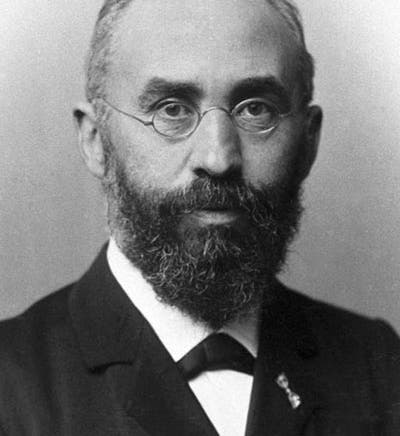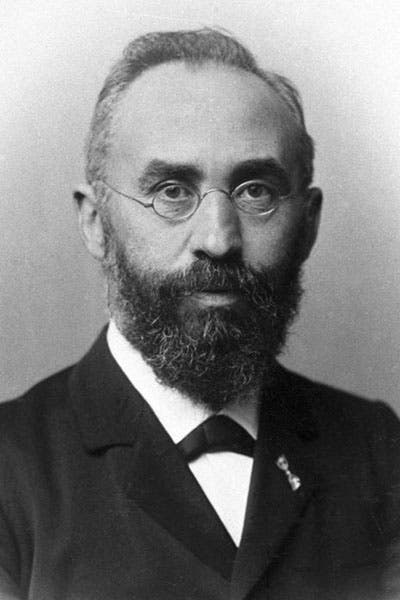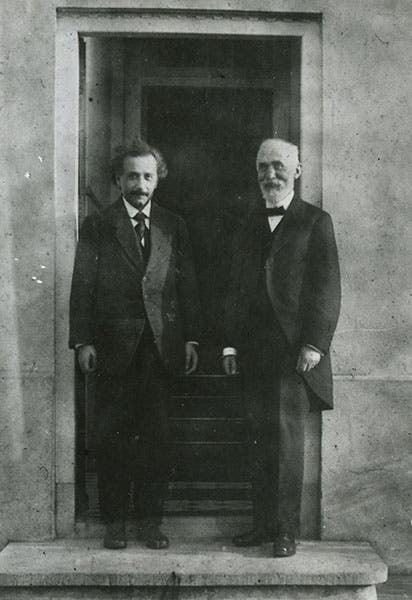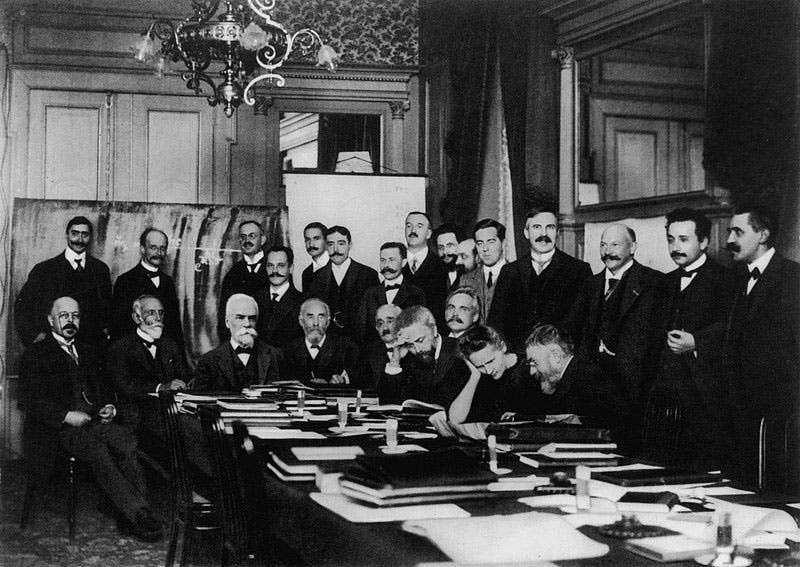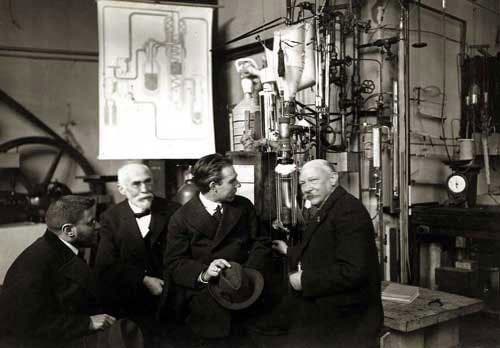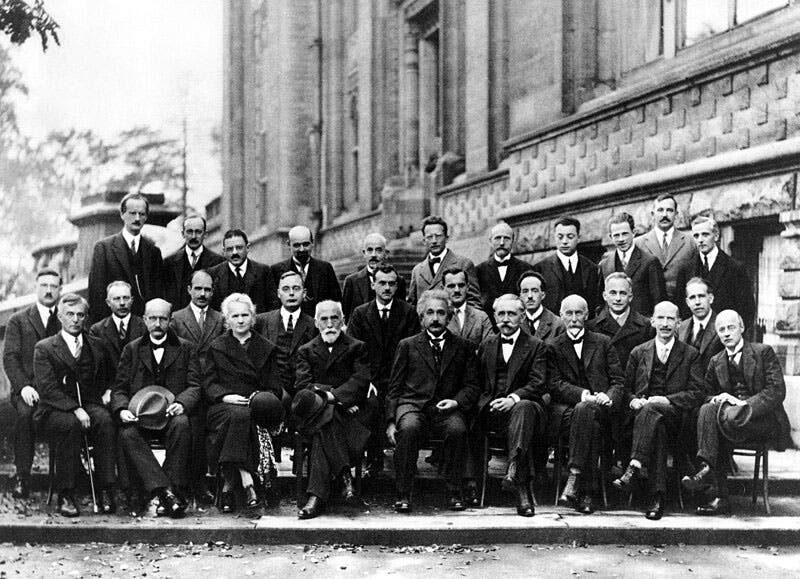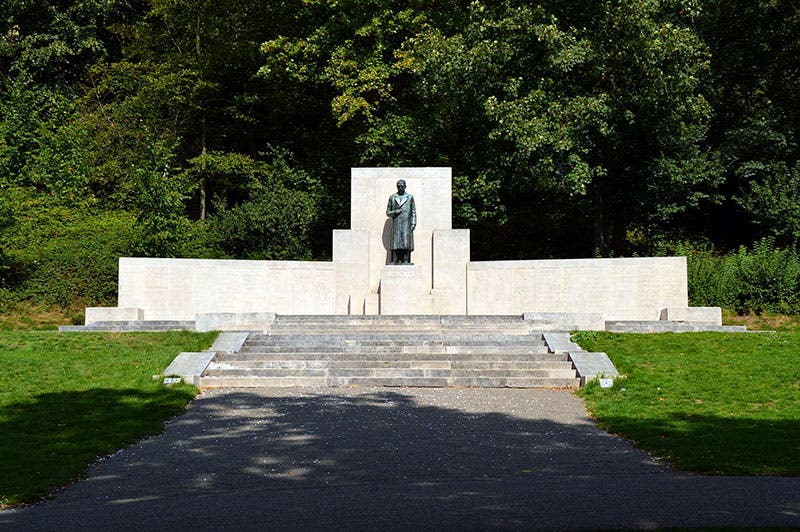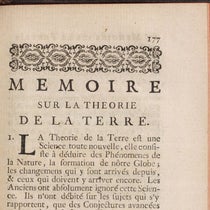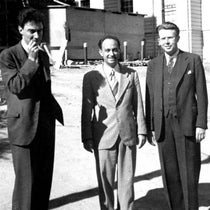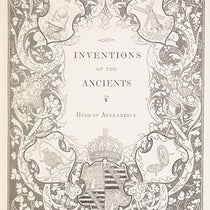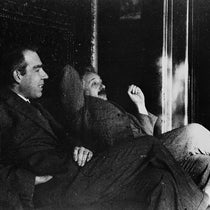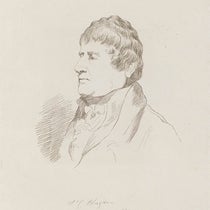Scientist of the Day - Hendrik Antoon Lorentz
Hendrik Antoon Lorentz, a Dutch physicist, died Feb. 4, 1928, at the age of 74, having been born in Arnhem on July 18, 1853. Lorentz was a rapid riser in the world of physics, enrolling at Leiden when he was 17, earning his B.S. Degree at age 18, his PhD at 22, and being appointed to the Chair of Theoretical Physics at Leiden when he was 25. He would hold that position until his death.
Lorentz was a contemporary of Albert Einstein, Max Planck, Wilhelm Röntgen, J.J. Thomson, and Marie Curie, and pretty much their equal in theoretical physics, but he is the one most people who are not physicists have never heard of, even though he shared the Nobel Prize in Physics in 1902 (Röntgen won the first in 1901). Lorentz was one of the very early apostles of James Clerk Maxwell, his mathematical formulation of electromagnetism, and his prediction of electromagnetic waves. Lorentz was one of the very first to apply Maxwell’s equations to the electron, which he did in 1894, before the electron was even discovered (by J.J. Thomson in 1897). Lorentz found that to keep Maxwell’s equations consistent, one needed to transform units of distance and time when switching between reference systems moving with respect to one another, and these “Lorentz transformations” were named and used by Einstein in his paper on special relativity in 1905. The history of Lorentz transformations is a very complex one, with many others involved besides Einstein and Lorentz, but Lorentz and Einstein seem to have been the most important contributors, and Einstein always gave primary credit to Lorentz, whom he admired more than any other living physicist.
In 1911, when Ernest Solvay established and sponsored the first Solvay Conference in Brussels, with the topic Radiation and the Quanta, Lorentz was appointed Chairman. The group photograph of the invitees (third image) is quite famous, since those attending included Einstein, Madame Curie, Ernest Rutheford, Henri Poincaré, and many others. The photograph is also somewhat notorious, since just to the left of Lorentz, who sits at the head of the table, about in the center, was pasted the head of Solvay, who apparently missed the photo session but did not want to be left out. And he was paying the bills.
The First Solvay Conference was a great success and Solvay continued to sponsor successors at irregular intervals, every half-dozen years or so. Lorentz served as chairman for all of them until his death. The photograph of the Fifth Solvay Conference, 1927, is also famous, because it includes all the young bucks of the quantum revolution, such as Werner Heisenberg and Wolfgang Pauli in the back row. But keeping the revolutionaries in order is Lorentz, who sits at front row center, right between the other prominent members of the old guard, Marie Curie and Albert Einstein (fifth image).
We have quite a few books by Lorentz, as well as his collected papers, in our collections; you can see our holdings at this link. Lorentz was a much-revered figure in the Netherlands; when he died, his funeral in Haarlem was a state event, attended by Rutherford, Einstein, Madame Curie, and many others. A newsreel film was taken of the funeral, one of the earliest I know that involves a scientist; it is just over a minute long, and you can find it, where else, on YouTube.
There was a rather extravagant monument erected in Lorentz’s honor in his birth town of Arnhem. I do not know who sculpted the bronze statue of Lorentz (sixth image).
William B. Ashworth, Jr., Consultant for the History of Science, Linda Hall Library and Associate Professor emeritus, Department of History, University of Missouri-Kansas City. Comments or corrections are welcome; please direct to ashworthw@umkc.edu.

